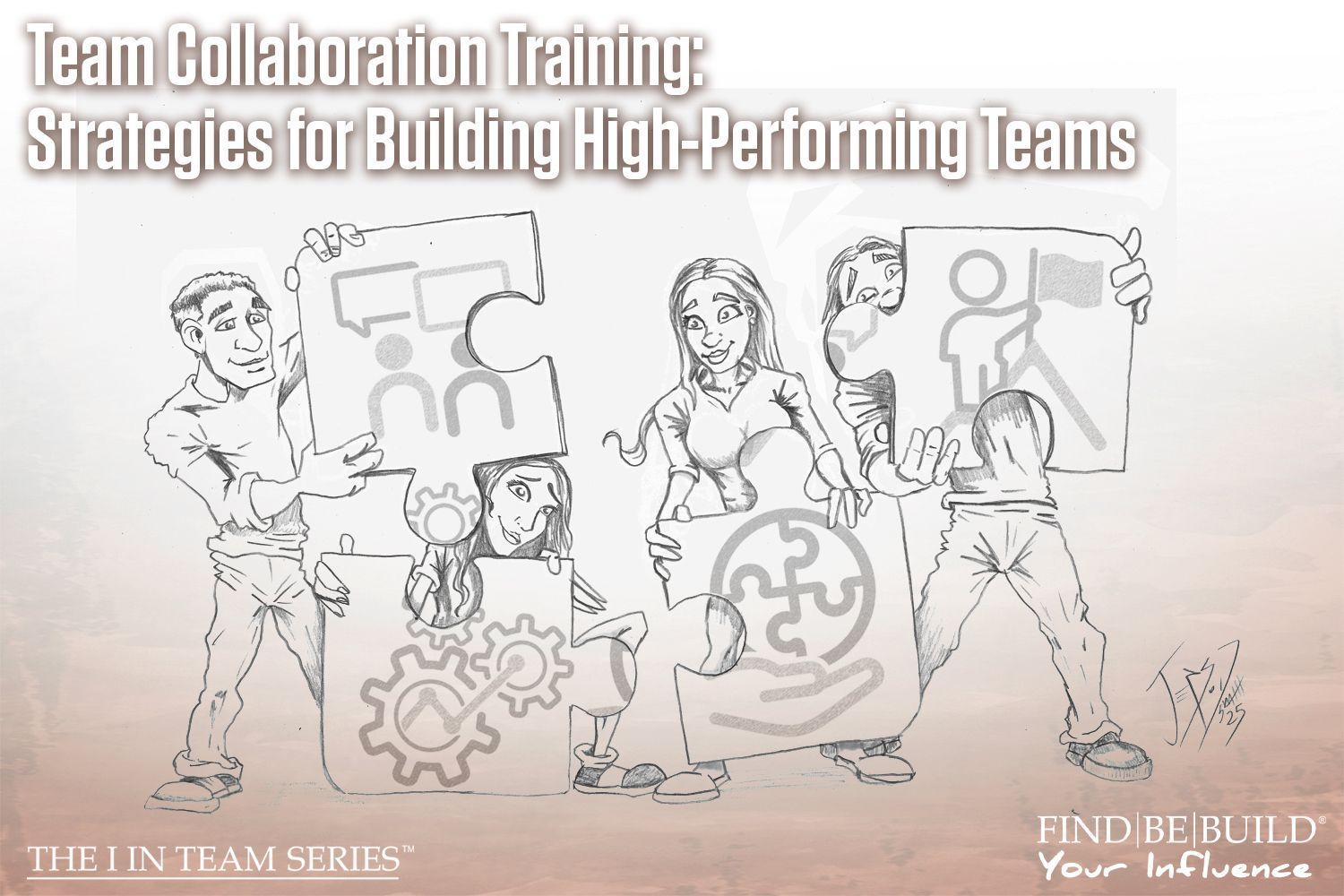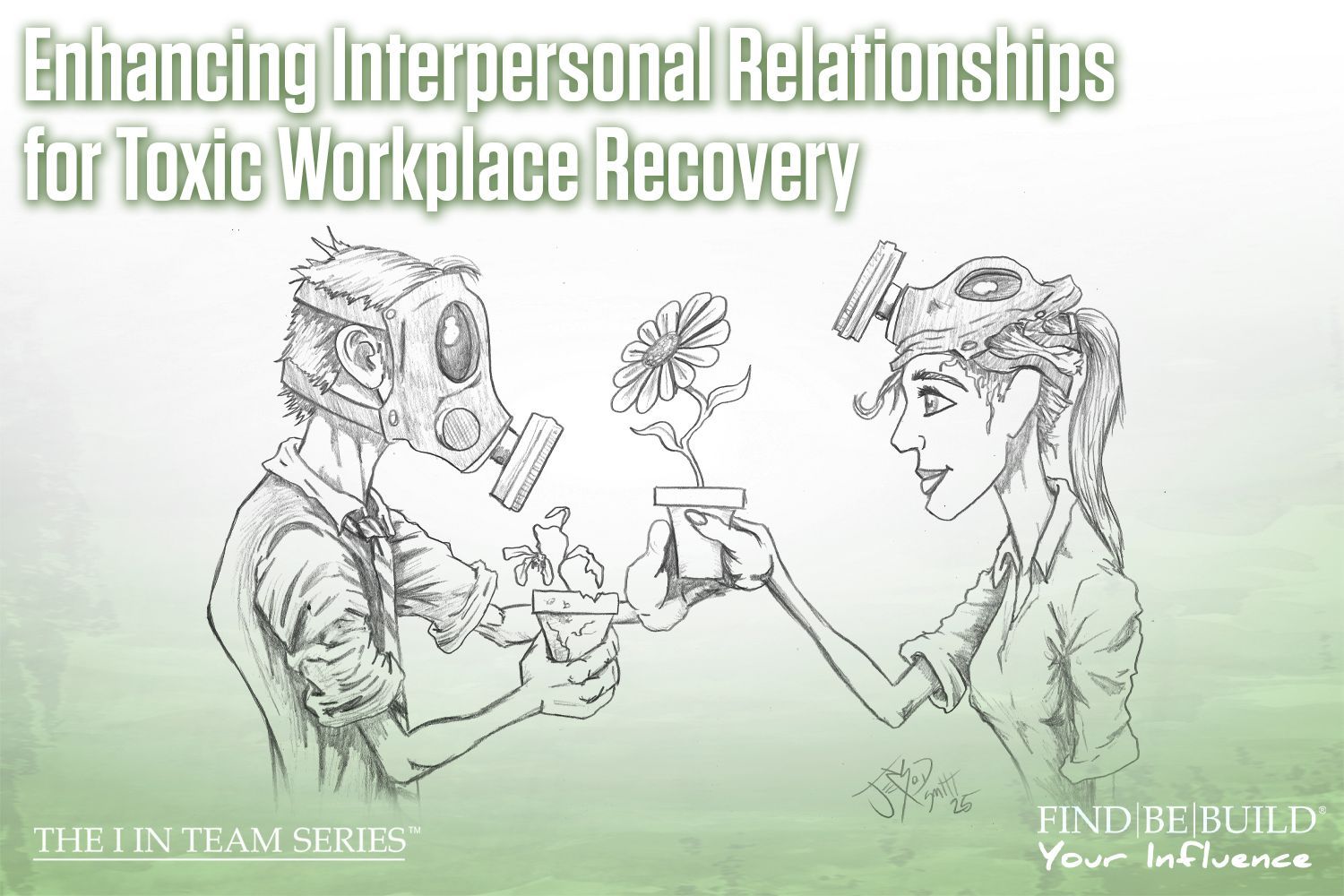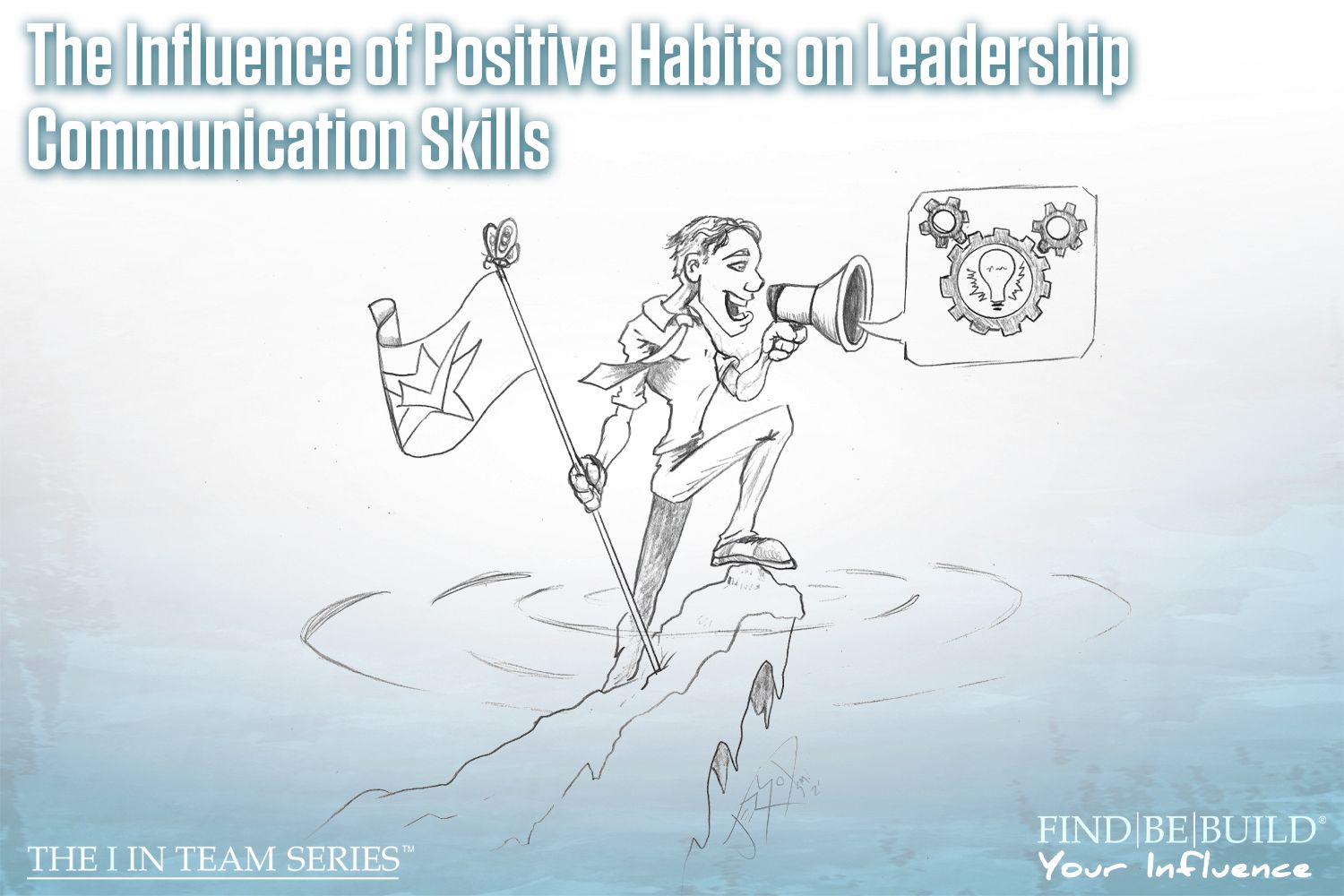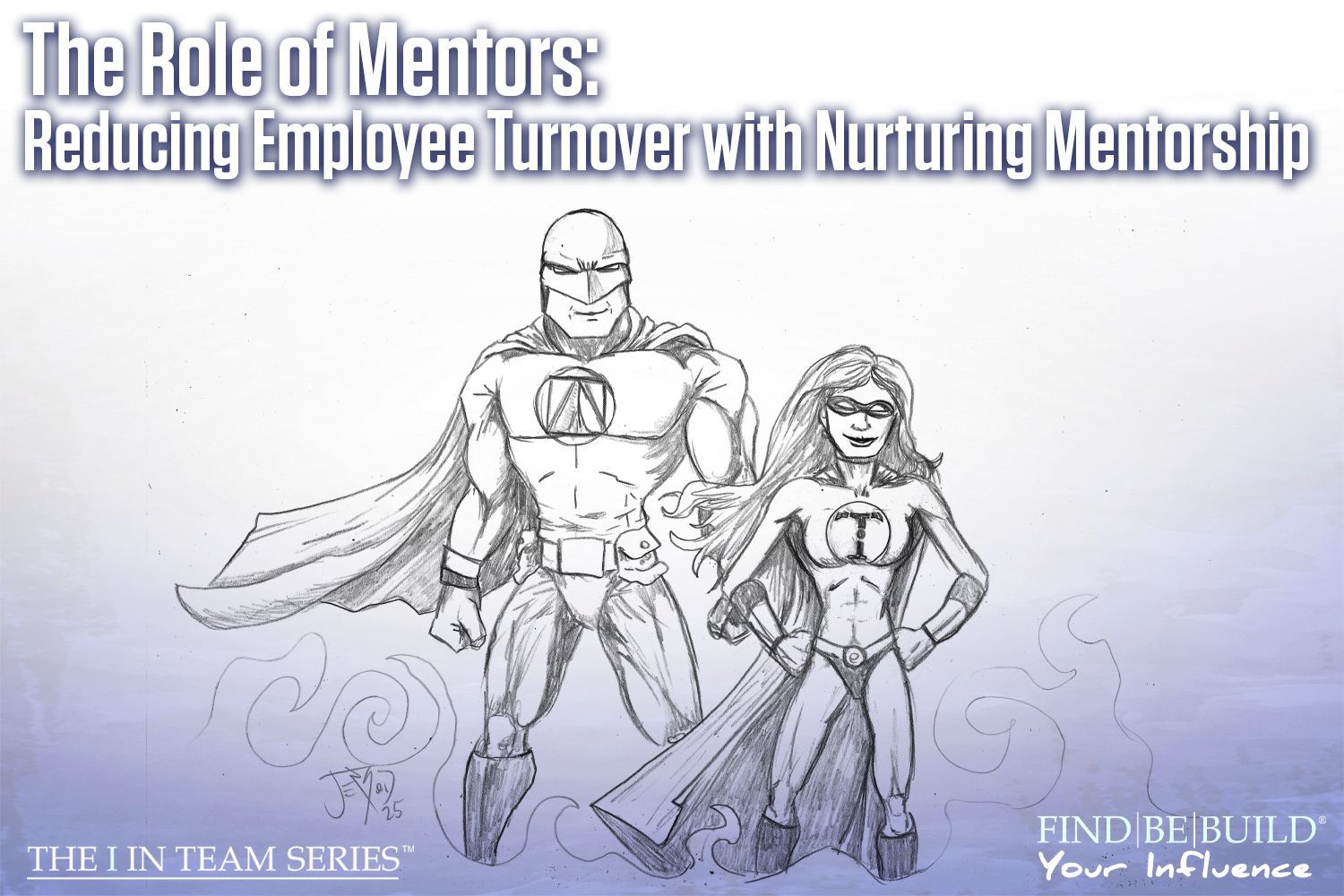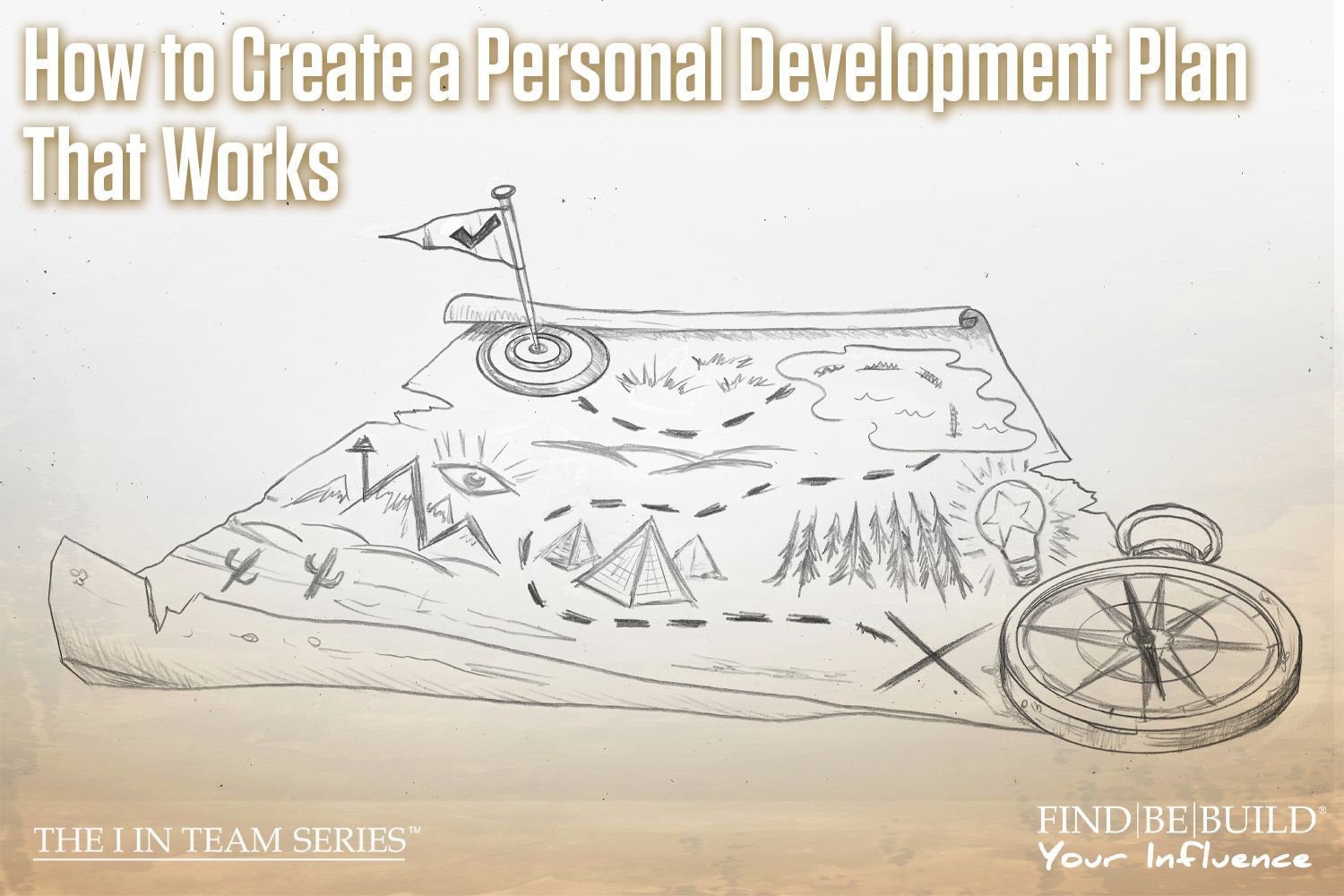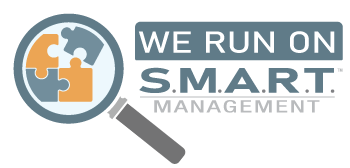Build High Performing Teams

High performing teams consulting
All leaders strive to build high performing teams, yet many struggle or don’t know the best way to approach doing so. A high performing team is one that works together and uses their combined talents to achieve a unified goal. These teams communicate effectively, strive, innovate, and build trust. One of the key classifications of a high performing team is their ability to produce superior end results. Those who are on high performing teams are committed to one another through a strong bond of trust, as well as being committed to achieving both individual and organizational goals. Leaders must strive to build high performing teams in order to outpace their competition and build a positive reputation.
Clear Communication
To build high performing teams, you must strive to have transparent communication. This includes reviewing your organization’s communication strategy. By aligning your mission, vision, purpose, values, and goals through clear and effective communication, you do two things. First, you tell all future potential employees what your organization is about, which could help attract the right minds for your team and open positions. Second, you help your current team understand how they fit into the organization’s mission, vision, purpose, values, and goals. When your team clearly understands their own as well as others’ roles and responsibilities and how everyone aids in supporting the organization, you lay the foundation for a high performing team.
Additionally, leaders must strive to have clear, effective, and positive verbal and written communication. If leaders do not communicate in this manner, they run the risk of instilling confusion which can lead to distrust and high turnover. While communication mistakes happen, leaders must always check for understanding and context to ensure all parties concerned are on the same page and moving in the same direction towards the shared goal. Without clear and direct communication, teams run the risk of getting off schedule, having scope creep or added work, producing low quality results, and potentially failing.
Shared Purpose
When each individual employee feels a connection to the organization’s mission, vision, purpose, values, or goals, that employee will strive. When building high performing teams, leaders must be mindful to rally the team around these shared purposes. When and if this happens, teams that are excited and driven to perform their purpose in the name of the organization for clients or customers will innovate more creatively and produce work at a higher quality and volume. Additionally, it builds team camaraderie, which also enhances team positivity, productivity, and motivation.
When teams share a purpose through shared values, it’s easier to set S.M.A.R.T. goals and achieve them. However, setting S.M.A.R.T. goals will require clear and effective communication. Building high performing teams requires an understanding of each member and their role, as well as the goals being set. Without this understanding and taking the time to make goals S.M.A.R.T., teams may become distracted, engage in groupthink, or lose motivation if they don’t understand.
Continuous Growth
Investing in your team to develop their skills is an excellent way to build high performing teams. One way to increase your teams’ communication and compassion is to give them either an affective assessment (like, DiSC Workplace or WHY.OS) or a conative assessment (like, Kolbe). IA Business Advisors is proficient in helping teams, both individuals and Individuals, understand how their mind operates and how they relate to the other minds on their team by administering DiSC Workplace and Kolbe assessments. With assessments like these, your team will come to understand the “why” of their teammates and how to connect or communicate with them effectively. They will also understand themselves better, equipping them with the tools needed to strive.
Additionally, providing further opportunities for education that aligns with your organization’s mission, vision, purpose, values, and goals will build high performing teams. This can be done through classes online, webinars, networking events, or hands-on experience working with a mentor. Be sure to be equitable in your offerings to develop your team. Some may have more experience than others and may not require as much additional training, while others may be new and green to the field. If you are committed to building high performing teams, you will ensure everyone receives equitable growth opportunities. This helps keep everyone striving equally towards the same goals.
Diversity and Inclusion
Several studies have demonstrated the benefits of supporting diversity and inclusion in the workplace, including increasing your bottom line, promoting creativity and innovation, attracting the best and top talent, and reflecting your organization’s consumer or client base. While many researchers state that diversity and inclusion are separate and don’t have to be together, IA Business Advisors disagrees. Without inclusion, you will not keep diverse talent. Without inclusion, your organization could experience high employee turnover. To build high performing teams, you must focus on both diversifying your workforce and being inclusive of all members of your team.
When you have an inclusive culture, that culture builds trust in your team. When employees feel that they can trust their leaders and their organization, they feel more comfortable bringing their full and authentic selves to work. This is exactly what you want. With people feeling comfortable, ideas flow, creativity sparks, and voices are not silenced. When organization’s value inclusivity, they build high performing teams capable of working in unison towards their shared goals. Without inclusivity, your teams could become susceptible to groupthink which stunts creativity, innovation, and productivity.
Conclusion
Leaders need to take time and care to build their high performing teams. It requires clear communication, analysis of team members, aligning goals and values, investing in continued growth, and promoting diversity and inclusion. When building your teams, look for qualities that complement each other rather than reflect each other to gain maximum productivity, creativity, motivation, and innovation benefits. This avoids teams becoming stuck in groupthink and ensures diverse thinking minds are brought together in pursuit of the common goals. This may require you to have a full understanding of how your team operates. IA Business Advisors can provide DiSC Workplace and Kolbe assessments to help you better understand yourself, your team, and how your team works together. Contact us today to start this process and build your high performing teams.
